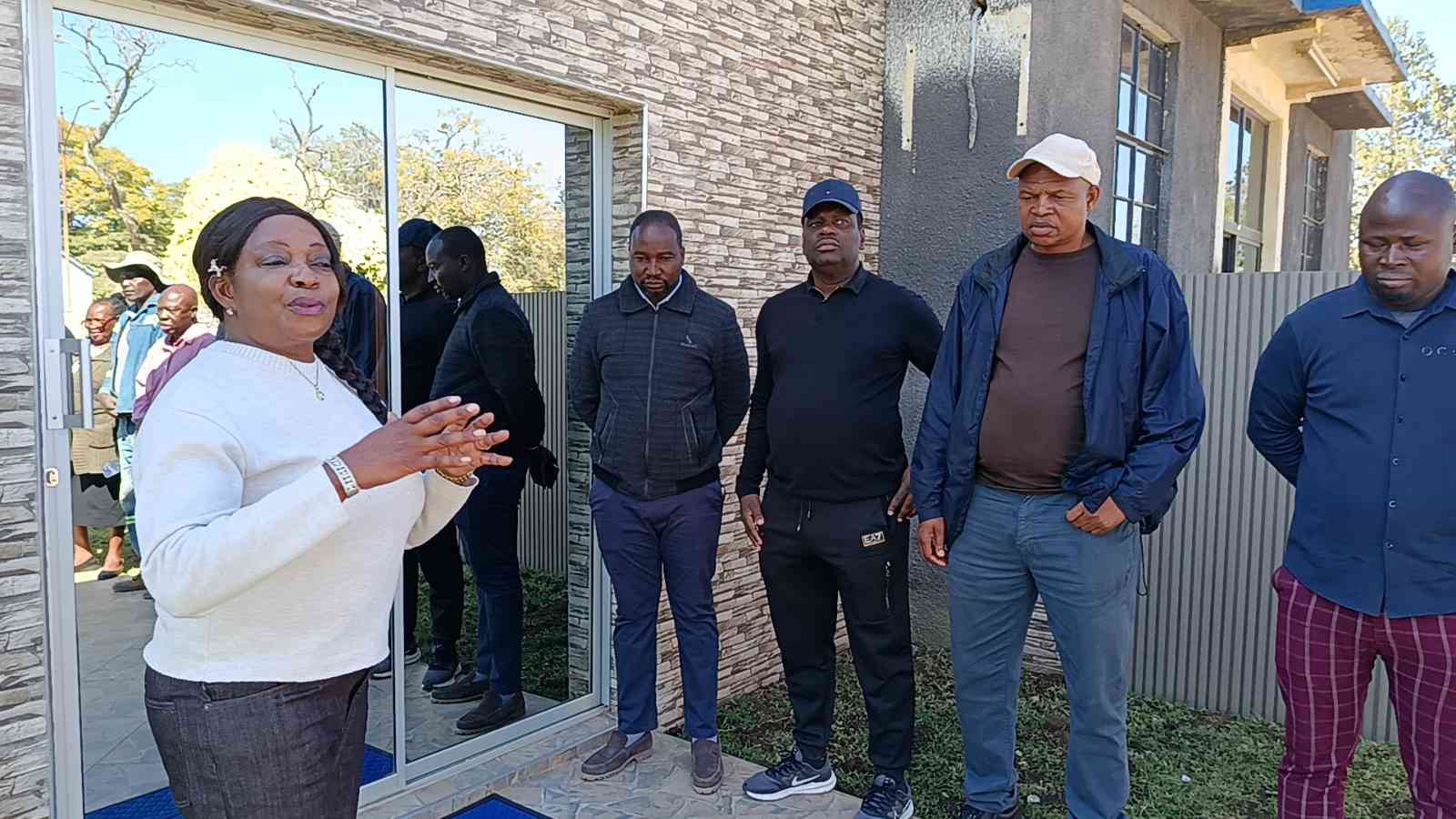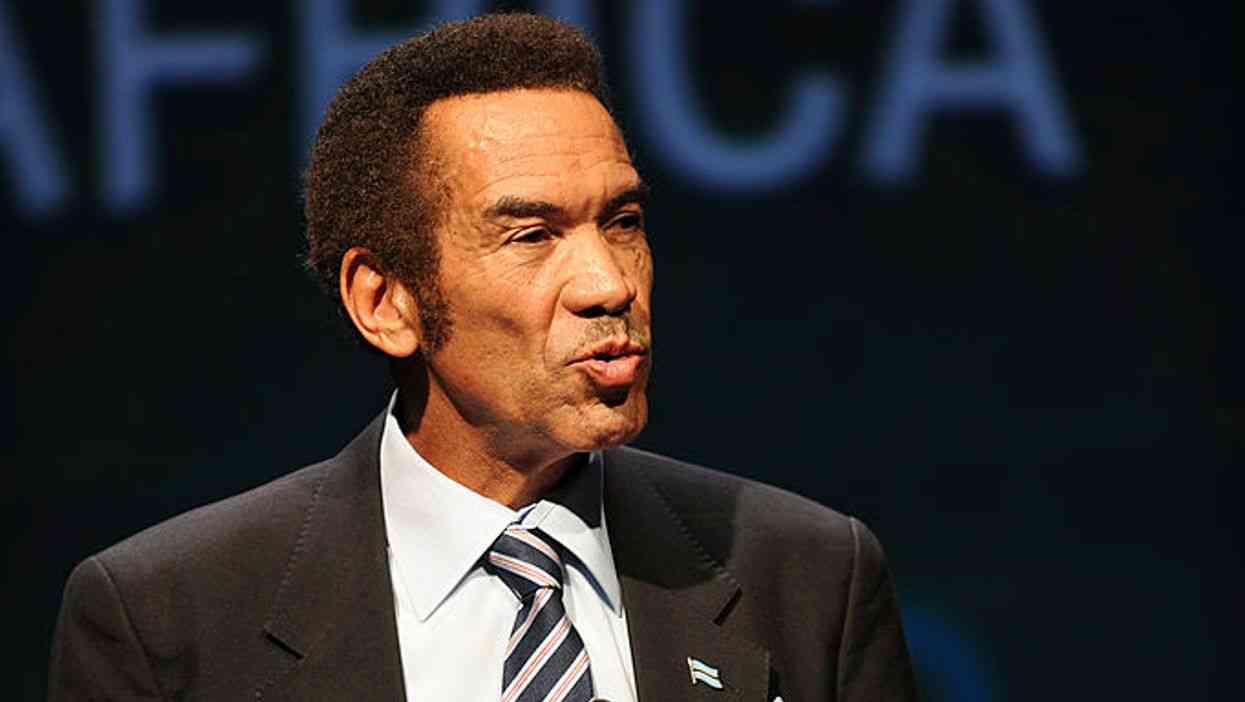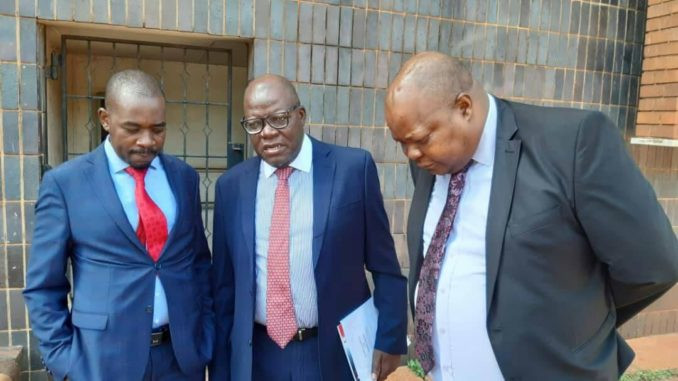
By NQOBANI NDLOVU
A Bulawayo-based Gukurahundi survivor is engaging writers to document what he went through during the mass killings and says he wants to ensure the country’s history is not distorted.
Charles Thomas, who still bears the scars of Gukurahundi, is also collaborating with other victims to launch a trust representing survivors to push for restorative justice and compensation.
Zimbabwe has undergone bouts of human rights abuses dating back to independence, but the 1980’s Gukurahundi massacres stands out as the worst after leaving nearly 20 000 civilians dead.
“The [book] is to detail my life history dating back from the time I was arrested, detained and tortured in 1983 and 1984 during the Gukurahundi period. It is my personal experience, which I want to document for this and future generations to come,” Thomas said in an interview.
“Our history, our liberation history, for example, is distorted and it is now up to us the survivors and victims’ to tell the story of what this government put us through.”
Former president Robert Mugabe deployed the North Korean, trained Fifth Brigade to Matabeleland to crack down on alleged dissent in the 1980’s. The deployment led to the killing of thousands of civilians, massres that still haunt Thomas to date.
Thomas, who has visible injuries from the torture by the Fifth Brigade, appealed for donations to enable him to travel to South Africa for a CT scan.
- Chamisa under fire over US$120K donation
- Mavhunga puts DeMbare into Chibuku quarterfinals
- Pension funds bet on Cabora Bassa oilfields
- Councils defy govt fire tender directive
Keep Reading
He claims he has been having a migraine headache resulting from the beatings by the Fifth Brigade. “I was first arrested in 1983 when I was in Bulawayo. I escaped and went to my rural area. I was re-arrested a year later while still there in Nswazi, Esigodini, where we tortured severely before being taken to Kezi,” Thomas said.
“Our hands and legs were tied with barbed wire and the injuries are still visible. The torture went for days, without food and water, at Bhalagwe detention camp in Maphisa.”
“I was saved by Dr Boyd who privately attended to us since victims were being dragged from the hospital by the soldiers to be killed.
“That is the story I want to narrate in my book…the trust we want to launch will also push for restorative justice outside the country, identify mass graves, ensure the sites are fenced and tombstones erected to preserve that history.” Devee Boyd was an American medical missionary physician working in Mtshabezi, some kilometres from Gwanda, the Matabeleland South capital.
Boyd’s eyewitness testimony on the Bhalagwe tortures is included in the Catholic Commission for Justice and Peace (CCJP) detailed report entitled Breaking the Silence: Building True Peace, a report on the disturbances in Matabeleland and the Midlands, 1980 -1988.
The CCJP report exposes the extra-judicial killings, multiple rapes of women, and people being burnt alive.
Government once initiated a probe into the Gukurahundi massacres, but the findings of the investigation by the Chihambakwe Commission of Inquiry were never made public.
On April 8, President Emmerson Mnangagwa through the Justice, Legal and Parliamentary Affairs ministry’s permanent secretary Virginia Mabhiza, pledged to facilitate the exhumation and reburial of Gukurahundi victims, issuance of identity documents, provide post physical and traumatic medical assistance to victims as government begins a process of finding redress to the 1980’s mass killings.
Human rights groups argue that if Mnangagwa is sincere about dealing with Gukurahundi, he must ensure the release of the Chihambakwe Commission of inquiry report.










